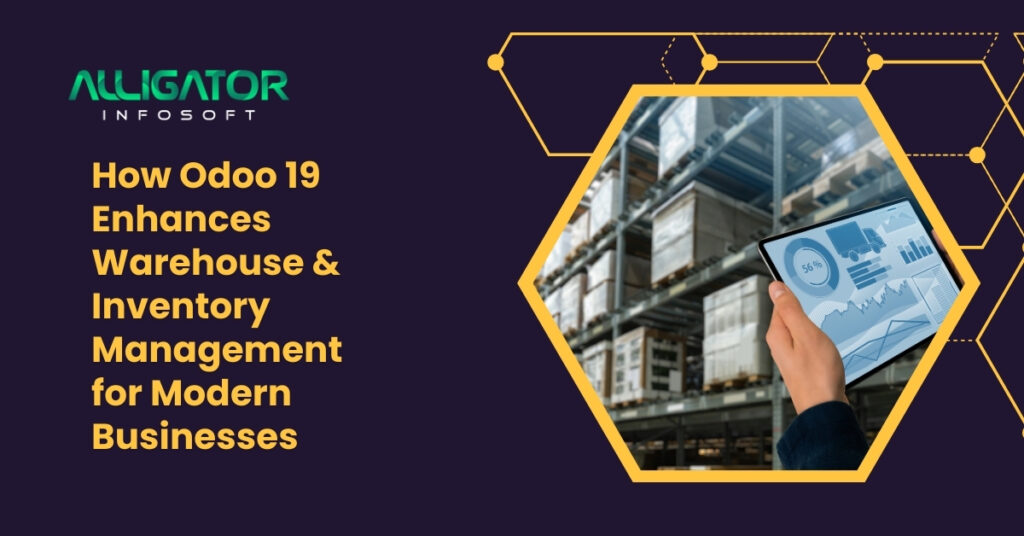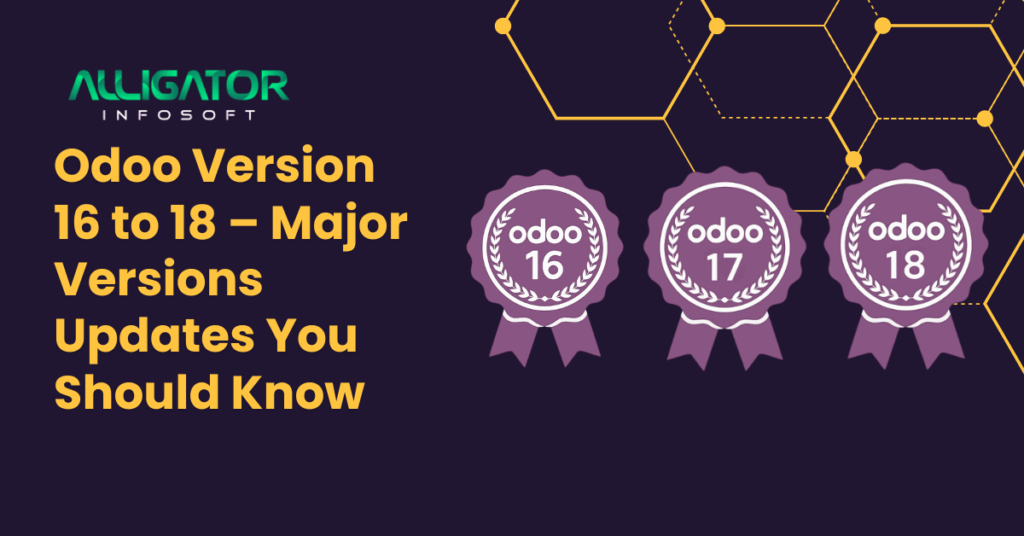Why Hire an Odoo Development Company for Your Business
Why Hire an Odoo Development Company for Your Business? Summary: Managing operations efficiently is crucial. Odoo, a versatile ERP solution, offers a suite of applications to streamline business processes. While some businesses attempt in-house implementation, hiring a professional Odoo development company ensures a seamless, customized, and scalable solution. This blog explores the benefits, process, and reasons why outsourcing your Odoo development is the smart choice for businesses of all sizes. Running a business involves juggling multiple tasks, from inventory management and accounting to sales, HR, and customer service. As companies grow, these processes become complex, often requiring integrated solutions to maintain efficiency. Odoo, an all-in-one ERP software, provides modules for CRM, inventory, accounting, e-commerce, and more. However, implementing Odoo without expertise can lead to inefficiencies, technical glitches, and wasted resources. This is where hiring an Odoo development company comes in. A professional development company can customize Odoo to your business requirements, optimize workflows, and ensure smooth integration with existing systems. Why You Should Hire an Odoo Development Company? Expertise and Experience Odoo development companies have specialized teams familiar with the platform’s architecture, modules, and best practices. They understand which modules are best suited for specific industries and how to customize them for unique business needs. Their experience helps avoid common pitfalls, ensuring a smooth deployment. Cost-Effective Solution While hiring an in-house team might seem cheaper initially, it often incurs hidden costs such as training, salaries, and trial-and-error implementation. An Odoo development company provides a cost-effective solution by delivering an optimized ERP system within a fixed timeline and budget. Customized Solutions Every business has unique workflows and requirements. Professional Odoo developers analyze your business processes and provide tailored solutions that align with your goals. From custom module development to third-party integrations, they ensure the software meets your exact needs. Faster Implementation Implementing an ERP system like Odoo can be time-consuming if done without prior experience. Odoo development companies have a proven methodology and tools to deploy the system efficiently. This reduces downtime and helps your business start reaping benefits faster. Technical Support and Maintenance Post-deployment support is critical for ERP systems. A development company provides ongoing maintenance, troubleshooting, and updates, ensuring your system runs smoothly. They handle any technical issues promptly, reducing disruptions to business operations. Scalability and Future-Proofing Businesses grow and evolve, and your ERP system should adapt accordingly. Odoo development companies design scalable solutions that can accommodate future growth. They also keep you updated with the latest Odoo features, ensuring your system remains modern and competitive. Integration with Other Systems Many businesses use multiple software solutions for different operations. Odoo development experts can integrate these systems seamlessly, providing a unified platform for better decision-making and data accuracy. Why the Right Odoo Partner Makes All the Difference? Hiring an Odoo development company is not just a choice but a strategic decision for businesses looking to streamline operations, improve efficiency, and enhance overall productivity. Their expertise, experience, and ability to provide customized, scalable, and integrated solutions make them an invaluable partner in digital transformation. By investing in professional Odoo services, businesses can focus on growth and innovation without worrying about technical complexities. Partner with Alligator Infosoft, a trusted Odoo development company, to transform your business processes with a tailored ERP solution. Our experts ensure seamless implementation, integration, and ongoing support to help your business thrive in a competitive landscape. Contact us today to get started. FAQs What is Odoo, and why is it important for businesses? Odoo is an all-in-one ERP platform that manages business operations such as CRM, accounting, inventory, HR, and e-commerce. It helps businesses streamline processes, reduce errors, and improve productivity. Can Odoo be customized for my specific industry? Yes, Odoo is highly customizable. A professional Odoo development company can tailor modules and workflows to meet the unique requirements of any industry. How long does it take to implement Odoo? Implementation time depends on the size of the business and complexity of requirements. Experienced Odoo developers can ensure faster deployment compared to in-house efforts. Will I get technical support after implementation? Yes, Odoo development companies provide ongoing maintenance, updates, and support to ensure your ERP system runs smoothly. Is hiring an Odoo development company cost-effective? Yes, outsourcing Odoo development saves costs on hiring and training in-house staff, reduces implementation errors, and ensures a faster ROI.










